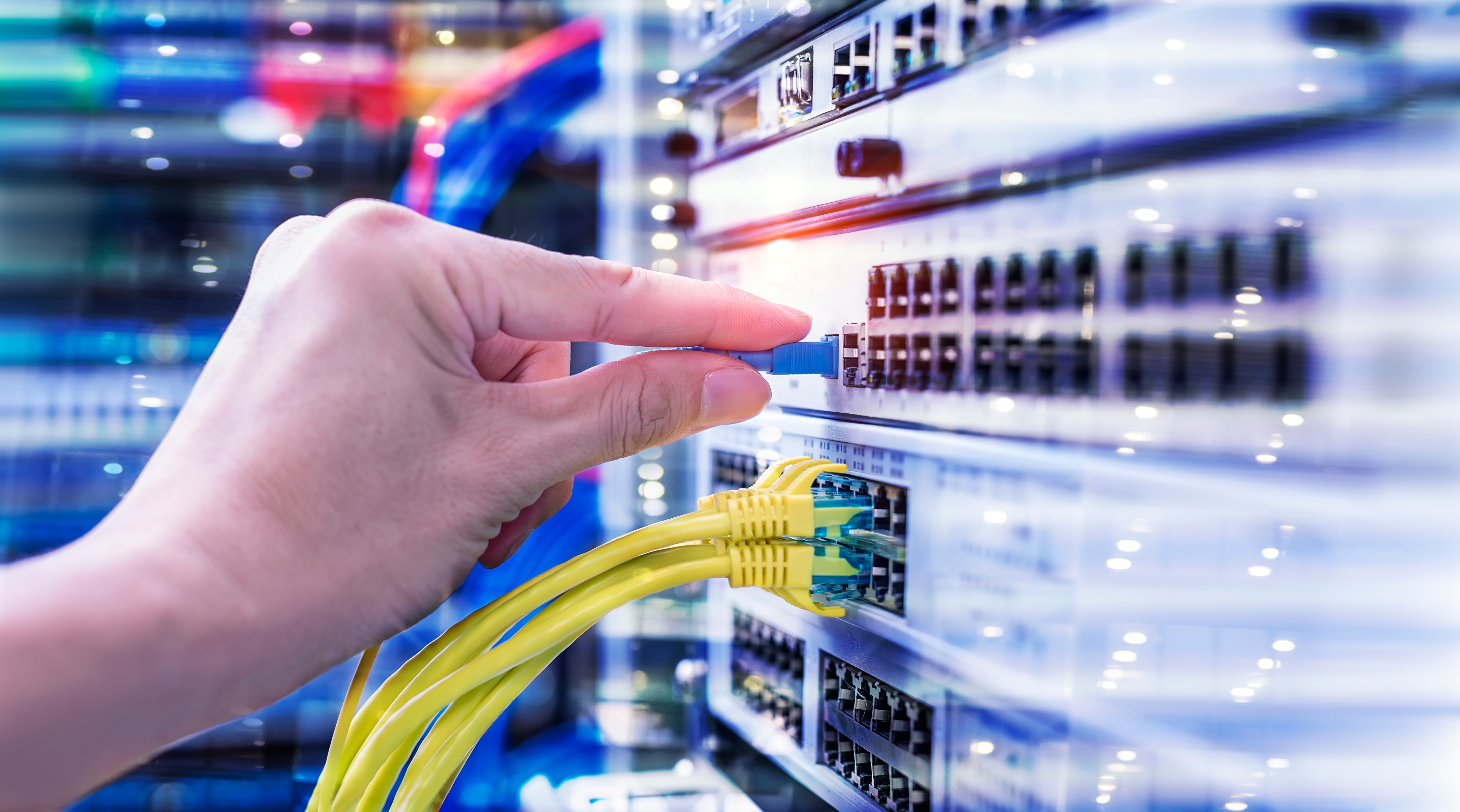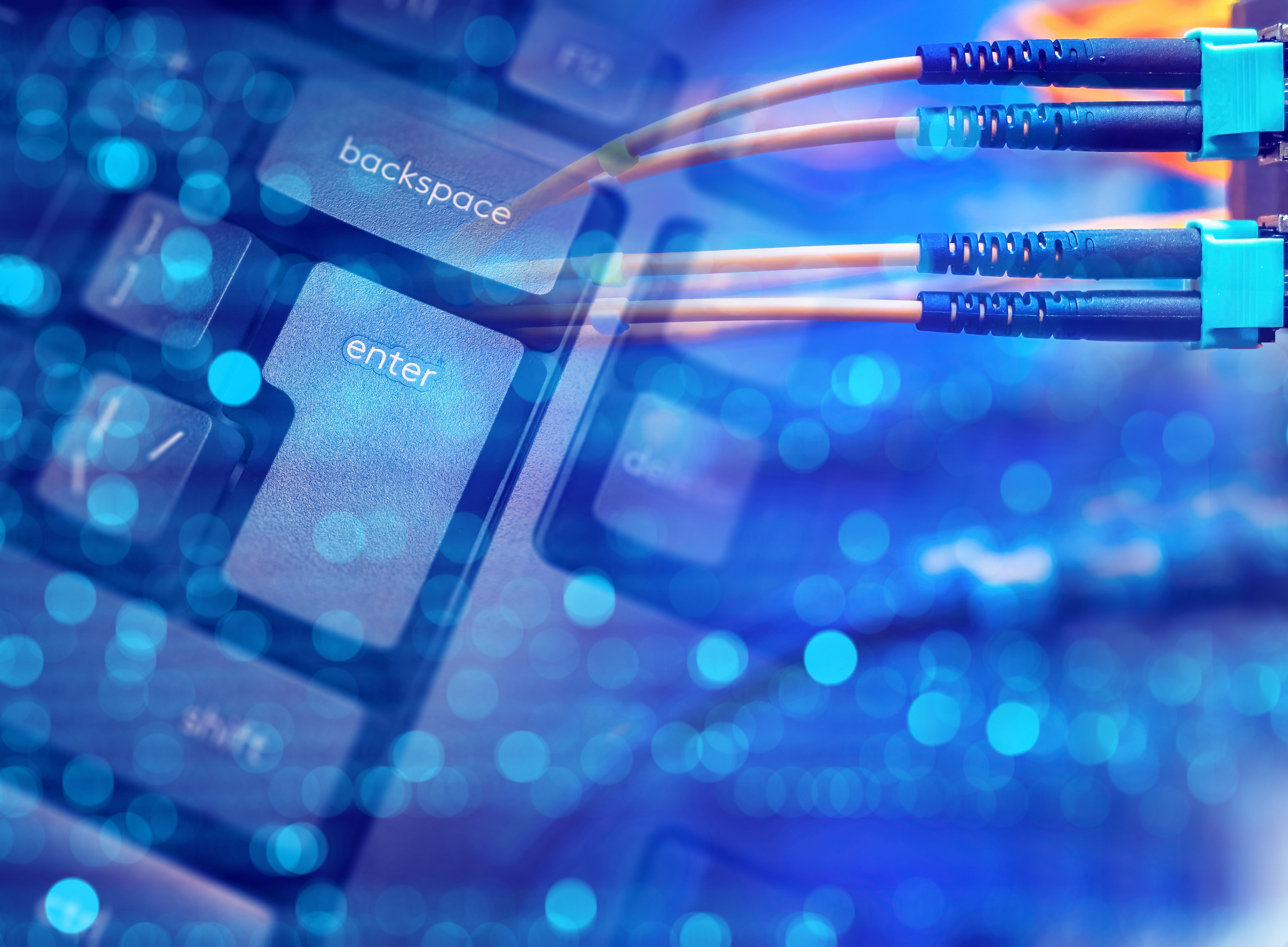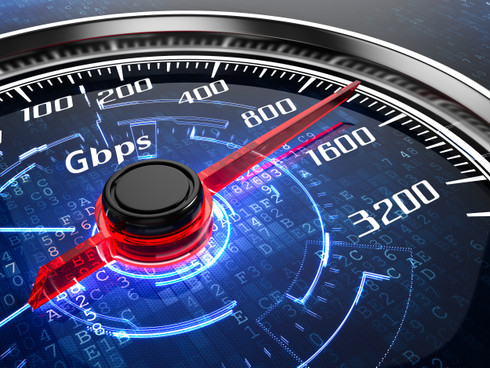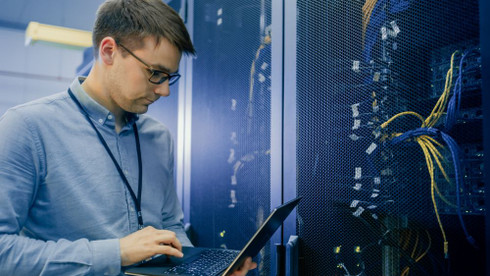Data Center Trends for 2026 and Beyond: Entering an Era of New Knowledge
Driven by the relentless demand for compute-intensive AI workloads and massive cloud computing deployments that rely on next-generation 800G and 1.6T speeds, data center capacity is projected to triple by 2029. This transition is pushing rack power densities beyond 80 kW and requiring up to ten times more fiber.
Read More












